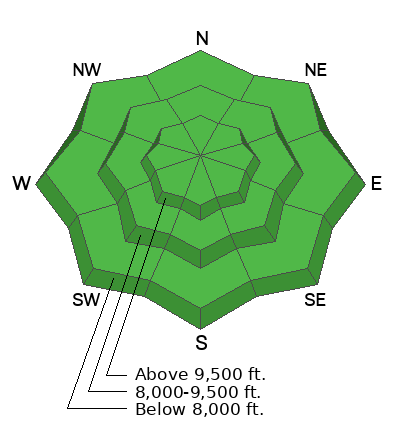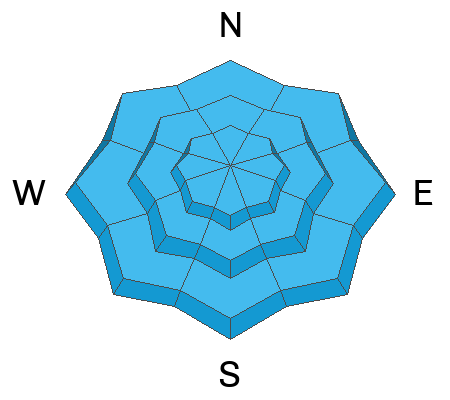The snow surface continues to weaken and, in some shady mid and high elevation locations, where the snow is less than 2' deep the facets are weak from the surface to the ground. Right now, your biggest concern in these low snowpack zones is sinking to the ground and hitting the summer surface (rocks, stumps). This weak snow is something we are paying attention too at all elevations for a couple of reasons:
- Ridgelines where even the lightest wind transport could lead to a slab forming over this weak snow and create avalanches in isolated areas,
- Steep shady aspects where the weak surface snow is creating dry loose avalanches that in some cases are enough to push a rider around
- We are watching to see if our current snow surface will become our next weak layer once we get more snow later this week.
All of the avalanches I have seen over the last week are consistent with
LOW danger. They have been small avalanches in isolated or extreme terrain. But any one of these slides above a cliff band or in a steep rocky gully would be enough to injure a rider. Continue to practice good backcountry travel techniques; make sure everyone in your group has a working transceiver, shovel, probe and only expose one person at a time while traveling in avalanche terrain.






